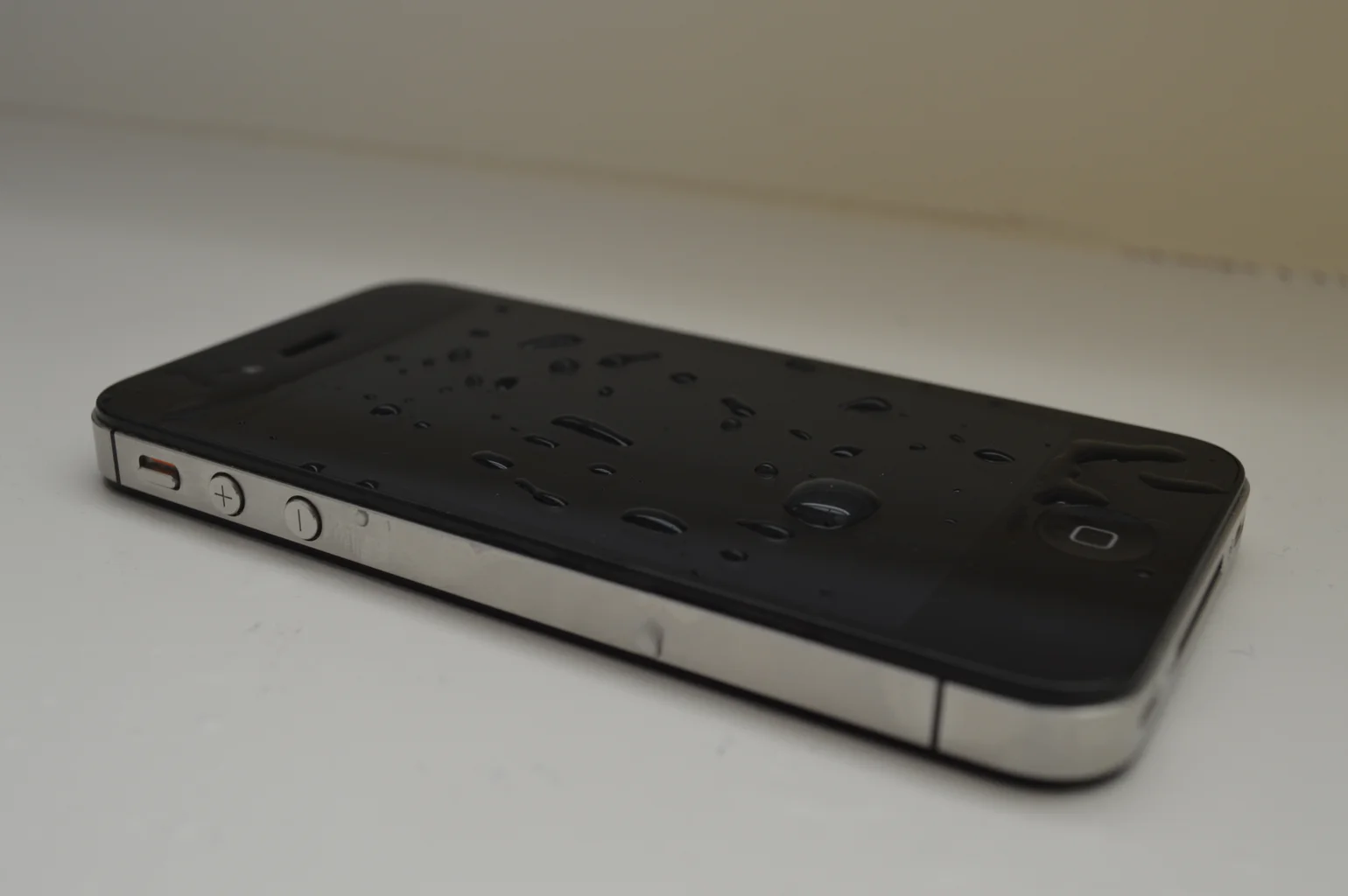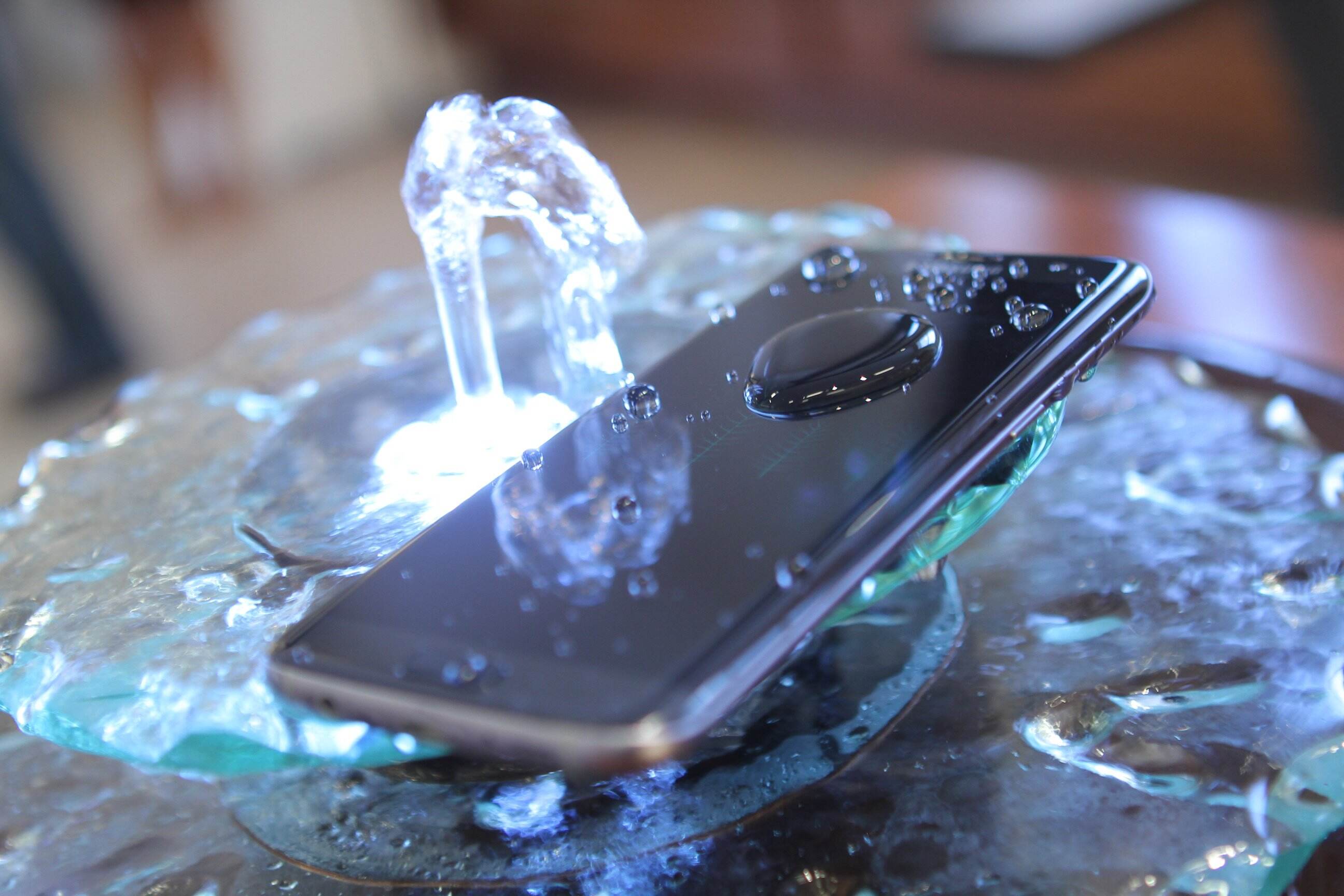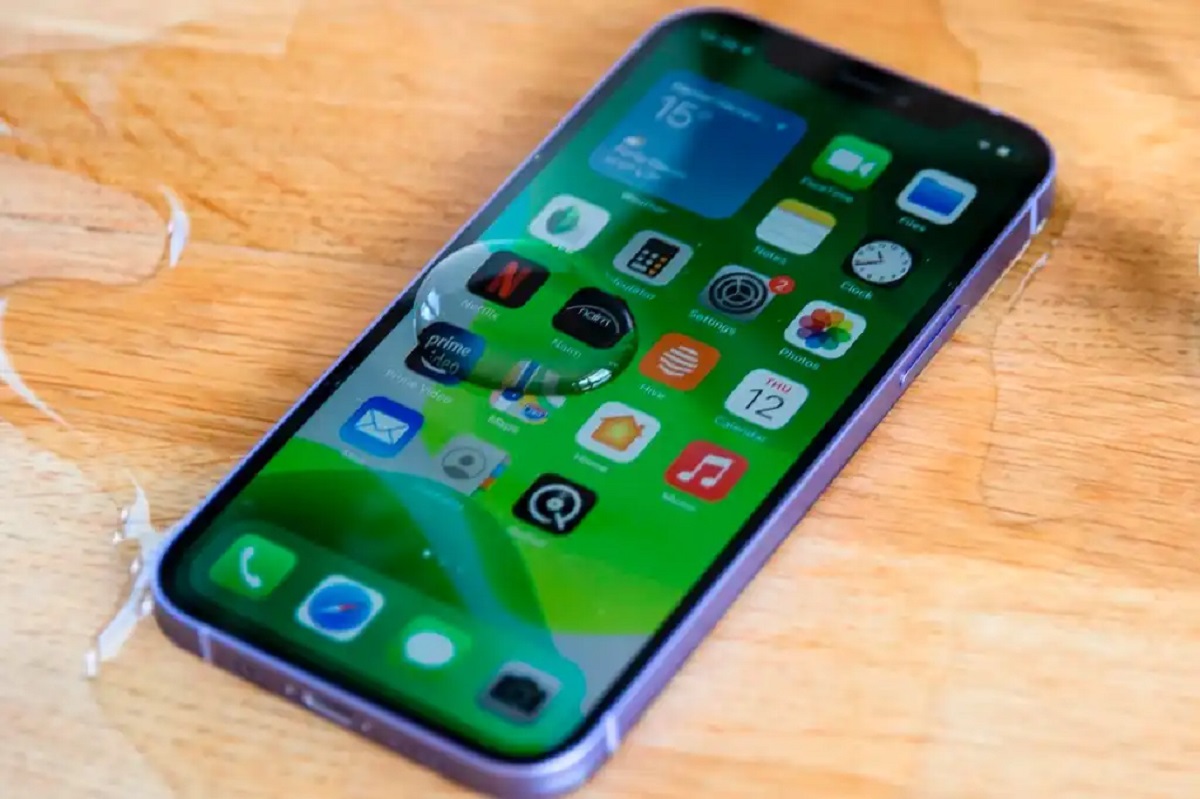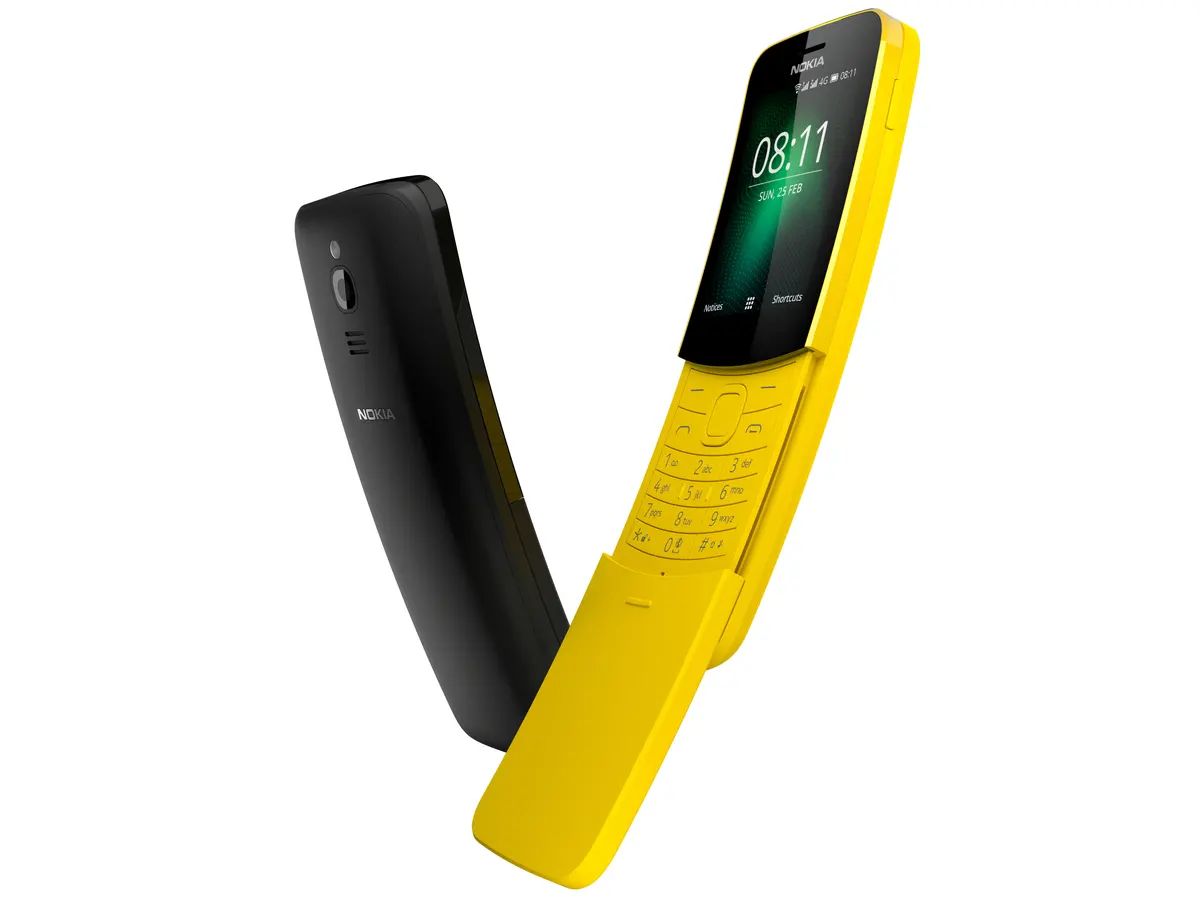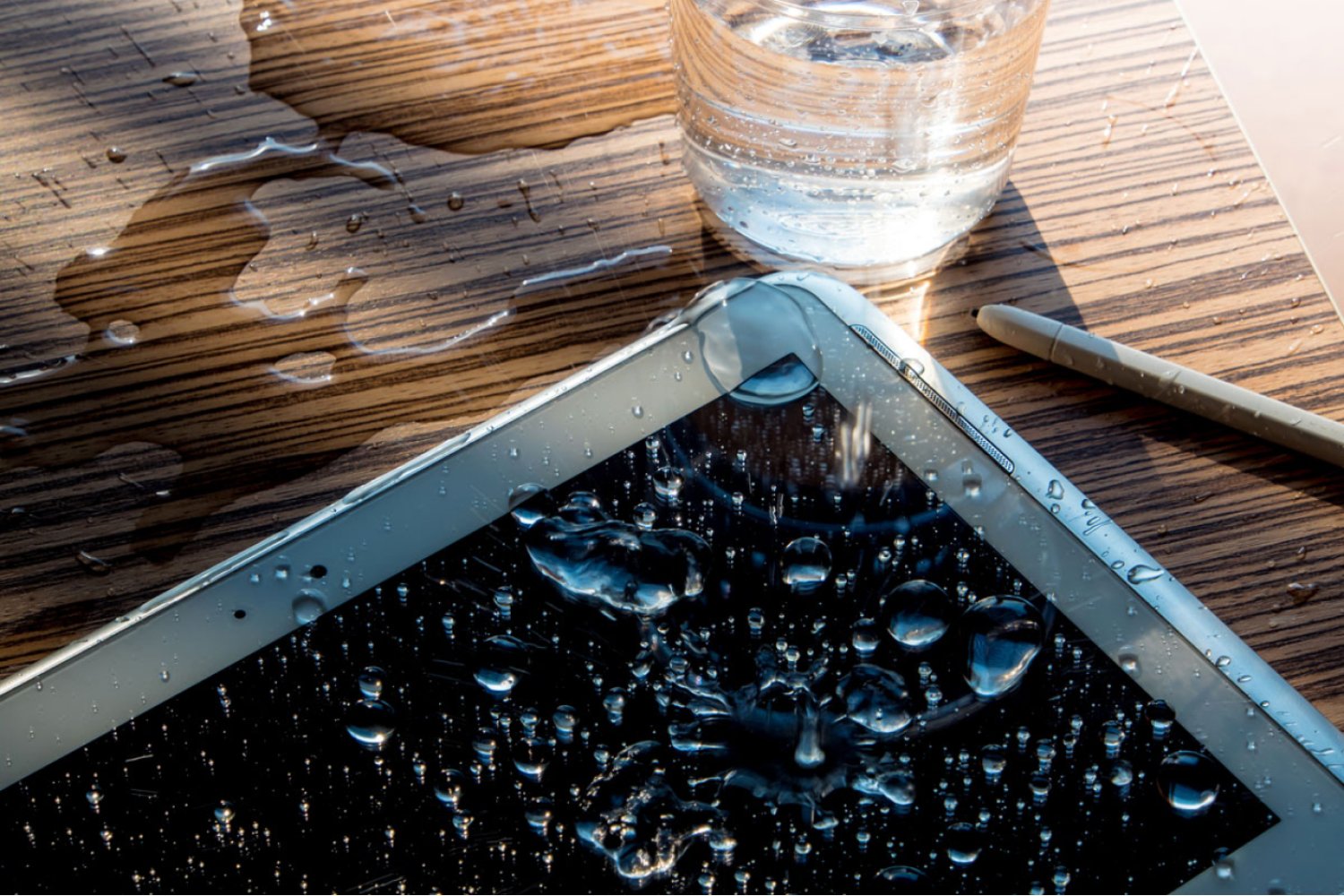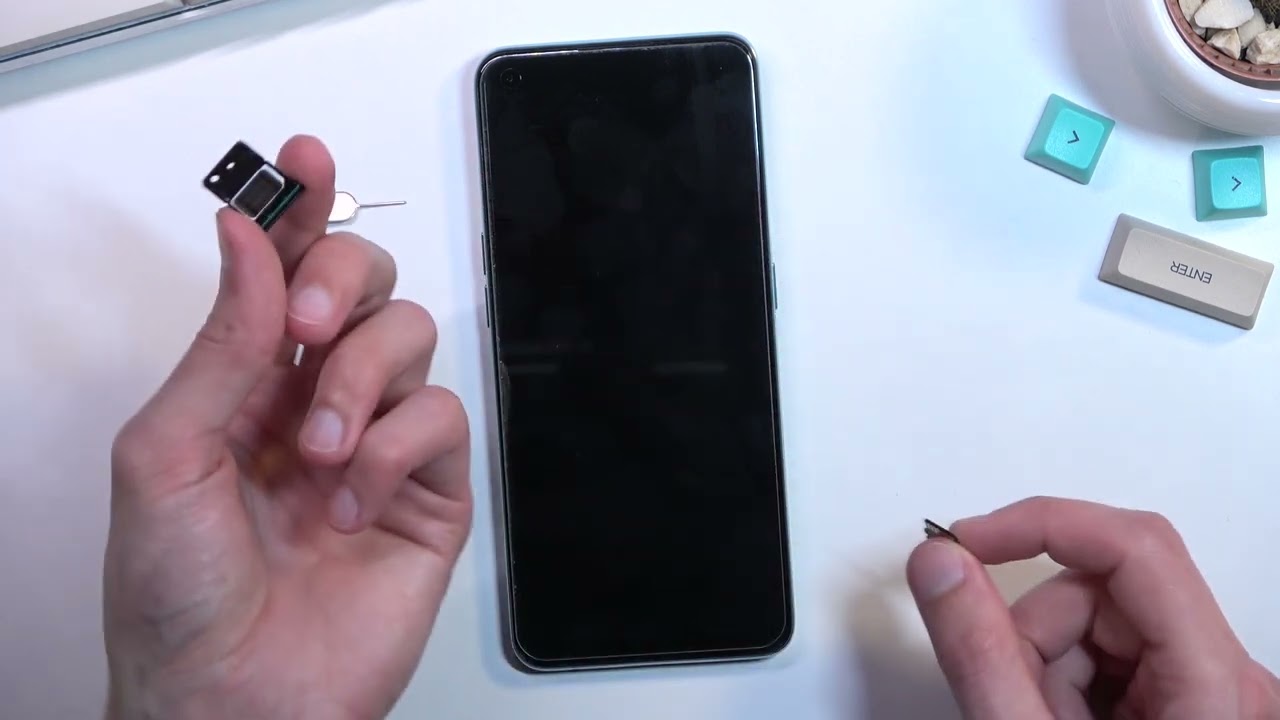Introduction
Dealing with a wet SIM card can be a daunting experience, especially in our heavily interconnected world where staying connected is more crucial than ever. Whether it slipped into a puddle, took an unexpected swim in the washing machine, or encountered a spill, a wet SIM card can disrupt our daily communication and connectivity. However, with the right approach and timely intervention, it's possible to salvage a wet SIM card and restore its functionality.
In this comprehensive guide, we will walk you through the essential steps to take when encountering a wet SIM card. By following these steps, you can increase the chances of reviving your SIM card and getting back to seamless communication without the need for a replacement. From removing the SIM card to employing effective drying methods and conducting a thorough test, each step is crucial in the quest to rescue your SIM card from the perils of moisture.
So, whether you're an avid traveler, a busy professional, or a social butterfly, the potential salvation of your wet SIM card lies in your hands. With a proactive approach and the right knowledge at your disposal, you can mitigate the impact of water damage and potentially save your SIM card from an untimely demise. Let's embark on this journey to reclaim the functionality of your wet SIM card and ensure that you stay connected when it matters most.
Step 1: Remove the SIM Card
When faced with a wet SIM card, the first and most crucial step is to swiftly remove it from the wet environment. Whether it's submerged in water, drenched in a beverage, or exposed to excessive moisture, the longer the SIM card remains in this state, the higher the risk of irreparable damage. Therefore, acting promptly can significantly impact the outcome of the recovery process.
To begin, power off your device immediately to prevent any potential short circuits or electrical damage. Once the device is powered off, carefully locate the SIM card tray and gently eject it using a SIM card ejector tool or a small paperclip. It's important to handle the SIM card with care, avoiding any unnecessary bending or rough handling that could exacerbate the damage.
After removing the SIM card from the device, assess its condition. If it's visibly wet, refrain from wiping or shaking it, as these actions can force moisture into the card's delicate components. Instead, proceed to the next step of drying the SIM card using appropriate methods to increase the chances of successful recovery.
By swiftly removing the wet SIM card from the device, you're taking the crucial first step in mitigating potential damage and setting the stage for the subsequent actions aimed at salvaging its functionality. Remember, time is of the essence, and a prompt response can make a significant difference in the outcome of this delicate rescue mission.
Step 2: Dry the SIM Card
Once the wet SIM card has been carefully removed from the device, the next critical step is to initiate the drying process. Drying the SIM card effectively is essential to prevent potential corrosion and damage to its delicate electronic components. However, it's important to approach this step with caution and precision to maximize the chances of a successful recovery.
First, use a soft, lint-free cloth to gently blot the surface of the SIM card. Avoid rubbing the card, as this can spread moisture and potentially cause damage to the card's components. The goal is to absorb as much surface moisture as possible without applying excessive pressure or friction.
Following the initial blotting, it's time to employ a gentle stream of cool, dry air to further aid in the drying process. Avoid using heated air, as excessive heat can damage the SIM card. One effective method is to use a can of compressed air or a hairdryer on the lowest, cool setting. Hold the SIM card at a safe distance from the air source to prevent any physical damage or overheating.
In addition to utilizing cool air, consider placing the SIM card in a dry, well-ventilated area with minimal humidity. This can facilitate the natural evaporation of residual moisture from the card. Avoid exposing the SIM card to direct sunlight or extreme temperatures, as these conditions can adversely affect its delicate components.
For a more proactive approach, desiccants such as silica gel or uncooked rice can be employed to expedite the drying process. Place the SIM card in a sealable plastic bag with a small pouch of silica gel or uncooked rice, which are known for their moisture-absorbing properties. Seal the bag and leave it undisturbed for at least 24 to 48 hours to allow the desiccants to draw out the remaining moisture from the SIM card.
It's important to exercise patience during the drying process, as rushing this stage can potentially compromise the effectiveness of the recovery efforts. By employing a combination of gentle blotting, cool air, and desiccants, you're actively working towards restoring the functionality of the wet SIM card.
As the drying process unfolds, it's crucial to resist the temptation to reinsert the SIM card into a device prematurely. Rushing this step can lead to further damage and hinder the overall recovery. Instead, proceed to the next step of testing the SIM card only after ensuring that it has been thoroughly dried and is free from visible moisture.
By meticulously executing the drying process with care and precision, you're laying the groundwork for a successful recovery and increasing the likelihood of salvaging your wet SIM card. Remember, patience and attention to detail are key as you endeavor to breathe new life into your water-damaged SIM card.
Step 3: Use Silica Gel or Rice
When it comes to rescuing a wet SIM card, the use of desiccants such as silica gel or rice can play a pivotal role in expediting the drying process and enhancing the chances of successful recovery. These moisture-absorbing agents serve as valuable allies in the mission to restore the functionality of the SIM card, offering a proactive approach to moisture removal.
Silica gel, commonly found in small packets within product packaging, is renowned for its exceptional ability to absorb moisture. The porous structure of silica gel enables it to effectively trap and retain water molecules, making it an ideal candidate for aiding in the drying of a wet SIM card. Similarly, uncooked rice, readily available in most households, possesses moisture-absorbing properties that can be harnessed to facilitate the drying process.
To leverage the moisture-absorbing prowess of silica gel or rice, begin by placing the wet SIM card in a sealable plastic bag along with a small pouch of silica gel or uncooked rice. The sealable nature of the bag prevents external moisture from interfering with the drying process, while the desiccant works to draw out the residual moisture from the SIM card.
Once the SIM card is securely enclosed with the silica gel or rice, ensure that the bag is sealed tightly to create an environment conducive to moisture absorption. It's advisable to leave the bag undisturbed for a period of 24 to 48 hours, allowing ample time for the desiccant to work its magic and facilitate the evaporation of moisture from the SIM card.
During this time, the silica gel or rice serves as a dedicated ally in the battle against moisture, diligently extracting the water molecules that may linger within the delicate components of the SIM card. This proactive approach aids in minimizing the risk of corrosion and damage, ultimately contributing to the potential revival of the water-damaged SIM card.
By harnessing the moisture-absorbing properties of silica gel or rice, you're actively bolstering the drying process and enhancing the prospects of salvaging your wet SIM card. This strategic utilization of desiccants underscores your commitment to meticulous care and attention in the pursuit of restoring the functionality of the SIM card.
As the SIM card undergoes this moisture-removal journey within the confines of the sealable bag, you're one step closer to the eventual test that will determine the success of the recovery efforts. The collaborative efforts of the desiccant and the drying environment set the stage for the next phase in the quest to reclaim the functionality of your water-damaged SIM card.
Step 4: Wait for the SIM Card to Dry
After diligently implementing the drying methods and employing moisture-absorbing agents such as silica gel or rice, the pivotal stage of waiting for the SIM card to dry commences. This period of patience is integral to the overall recovery process, as it allows the combined efforts of the drying techniques and desiccants to effectively draw out the residual moisture from the SIM card.
As the SIM card rests within the sealable plastic bag, accompanied by the moisture-absorbing prowess of the desiccant, the passage of time becomes a critical ally in the mission to salvage the water-damaged card. The 24 to 48-hour timeframe serves as a testament to the commitment to thoroughness and precision in the pursuit of restoring the functionality of the SIM card.
During this waiting period, it's essential to maintain a controlled environment that facilitates the natural evaporation of moisture from the SIM card. Placing the sealed bag in a dry, well-ventilated area away from direct sunlight and extreme temperatures is paramount. This ensures that the drying process unfolds in an environment conducive to moisture removal, minimizing the risk of potential damage to the delicate components of the SIM card.
As the hours elapse, the desiccant diligently fulfills its role, steadily extracting the lingering moisture from within the SIM card. This collaborative effort between the desiccant and the drying environment sets the stage for a potential resurgence of functionality, marking a testament to the patience and meticulous care invested in the recovery process.
While the wait for the SIM card to dry may test one's resolve, it stands as a testament to the dedication and resilience in the face of adversity. Each passing hour signifies progress in the battle against moisture, bringing the prospect of a successful recovery closer to fruition.
As the waiting period draws to a close, it's crucial to resist the urge to rush the subsequent steps. Patience remains the cornerstone of the recovery process, and allowing the SIM card ample time to dry thoroughly is paramount. Only after ensuring that the card is free from visible moisture and has undergone the full extent of the drying process should the next step of testing the SIM card be approached.
In essence, the waiting period encapsulates the culmination of the meticulous efforts invested in rescuing the wet SIM card. It symbolizes the unwavering commitment to reclaiming its functionality and serves as a testament to the patience and perseverance essential in the face of adversity.
Step 5: Test the SIM Card
After the meticulous drying process and the patient wait, the pivotal moment arrives: testing the SIM card to ascertain its functionality. This step serves as the ultimate litmus test, determining the success of the concerted efforts invested in rescuing the water-damaged SIM card.
To commence the testing phase, carefully inspect the SIM card for any lingering signs of moisture. It's imperative that the card is completely dry before proceeding with the test. Any residual moisture could compromise the testing process and potentially lead to further damage to the card or the device into which it will be inserted.
Once the SIM card is confirmed to be dry, reinsert it into the SIM card tray of the device from which it was removed. Exercise caution and ensure that the card is properly aligned with the tray to avoid any potential damage during reinsertion.
With the SIM card securely in place, power on the device and allow it to initialize. Upon successful startup, proceed to check for the detection of the SIM card by the device. This can usually be verified through the device's settings or network connectivity options.
If the device recognizes the SIM card and displays network connectivity, it signifies a positive outcome, indicating that the SIM card has been successfully revived and restored to functionality. However, if the device fails to detect the SIM card or exhibits erratic behavior, it may indicate that the water damage has resulted in irreparable harm to the card.
In the event of an unsuccessful test, it's advisable to refrain from repeated attempts and seek professional assistance. While the preceding steps aimed to salvage the SIM card, certain instances of water damage may render the card beyond recovery, necessitating a replacement.
On the contrary, a successful test serves as a testament to the effectiveness of the drying methods and the commitment to meticulous care throughout the recovery process. It signifies the triumph over adversity and the restoration of seamless communication, reaffirming the resilience and determination in the face of unforeseen challenges.
Ultimately, the test of the SIM card serves as the culmination of the comprehensive recovery journey, offering a definitive verdict on the success of the efforts to salvage the water-damaged card. Whether met with triumph or the need for further action, the test represents the final chapter in the narrative of reclaiming the functionality of the wet SIM card.
Conclusion
In the realm of modern connectivity, the resilience and functionality of a SIM card are paramount to staying seamlessly connected in our interconnected world. The journey of rescuing a wet SIM card embodies a testament to the dedication, patience, and meticulous care required to mitigate the impact of water damage and potentially restore its functionality.
Throughout the comprehensive guide, the essential steps for dealing with a wet SIM card have been meticulously outlined, underscoring the proactive measures and strategic interventions crucial in the recovery process. From promptly removing the wet SIM card from the device to implementing meticulous drying methods and leveraging the moisture-absorbing properties of desiccants, each step reflects a commitment to salvaging the card from the perils of moisture.
The culmination of these efforts leads to the pivotal moment of testing the SIM card, a definitive litmus test that determines the success of the recovery journey. This moment encapsulates the collective resilience and determination in the face of adversity, offering a verdict on the effectiveness of the concerted efforts invested in rescuing the water-damaged SIM card.
Whether met with the triumph of restored functionality or the need for further action, the test serves as the final chapter in the narrative of reclaiming the functionality of the wet SIM card. It symbolizes the unwavering commitment to staying connected, even in the face of unforeseen challenges, and underscores the resilience essential in navigating the complexities of modern connectivity.
While the outcome of the test may vary, the journey of rescuing a wet SIM card stands as a testament to the unwavering spirit of perseverance and the resilience essential in safeguarding our vital means of communication. Whether it culminates in the triumph of restored functionality or paves the way for alternative solutions, the journey embodies the essence of adaptability and determination in the pursuit of seamless connectivity.
In essence, the comprehensive guide serves as a beacon of knowledge and resilience, offering a roadmap for navigating the challenges of water damage and reclaiming the functionality of a vital communication component. It underscores the importance of proactive measures, patience, and meticulous care, serving as a testament to the unwavering commitment to staying connected, regardless of the obstacles encountered along the way.







